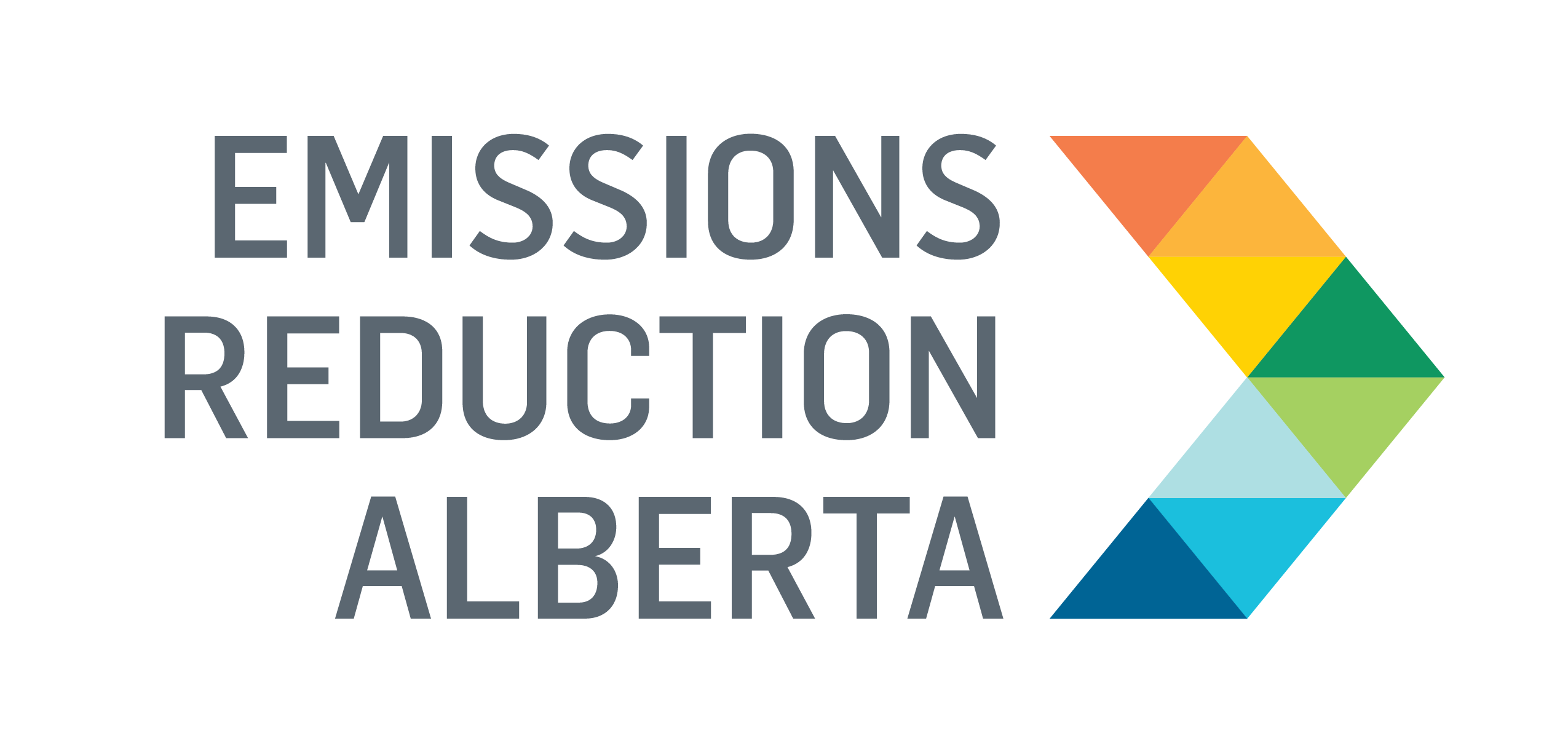Studying Technologies to Optimize Carbon Capture
Funded in 2010, this project was a front-end engineering design (FEED) study and cost estimate for an advanced amine carbon capture unit. The project used an advanced solvent and process configuration and aimed to enhance performance, improve process scalability and assess economic feasibility.
The FEED study was based on carbon capture from the exhaust of three once-through steam generators (OTSGs) at Devon Energy’s steam-assisted gravity drainage (SAGD) thermal in-situ oil sands production facilities. The advanced solvent, called HTC RS2, that was used in the project is specifically designed for post-combustion carbon capture to minimize energy requirements and optimize carbon absorption at atmospheric pressure conditions. Additionally, the patented HTC thermal kinetics optimization (TKO) process configuration offers energy savings compared to conventional amine processes. These factors reduce the energy required for solvent regeneration and significantly reduce the cost of carbon per tonne through heat recovery, thermal balancing, optimized process flow and specific operating protocols. The technology is also standardized and modular, resulting in further cost reductions.
Understanding the Capital Costs of Carbon Capture Technologies
The study concluded that the fabrication and installation of this technology is feasible, but additional engineering needs to be completed to identify the most cost-effective gas cooling process configuration. Additionally, the study also predicted the installation would take around 20 months to complete after the engineering, procurement and construction contracts are awarded. After installation, the project estimated that operating the carbon capture unit in 2010 would cost $30 CAD/tCO2e captured. This estimate includes fuel costs for the unit at $13 CAD/tCO2e; however, the study found that fuel costs could be significantly reduced through modifications such as a heat integration and inlet cooling system.
What’s next?
After this project’s completion in 2011, Delta Cleantech (formerly HTC Purenergy) continued to develop its carbon capture solvents and modular systems. In 2012, ERA funded a post-combustion solvent project with Cenovus and Delta Cleantech. This successful Cenovus project utilized technologies developed during this FEED study, and the technology was implemented commercially. Later, in 2025, the company highlighted three commercialized carbon capture technologies.
- CarbX: A modular amine-based carbon capture system.
- SolvX: A custom-designed and open-source range of solvents.
- PureRX: A patented technology designed to reduce operating costs and maximize solvent recovery.
This FEED study helped shape these carbon capture technologies in their early stages by identifying capital costs and informing future designs. From this success, Delta was selected over several international competitors to design a pilot CO2 capture plant for the InnoTech/COSIA CARBON XPRIZE competition in 2021. The technology called LCDesign® was designed to meet cleanup targets and production capacity. As a result, Delta has become a leading competitor in the post-combustion CO2 capture market worldwide.
